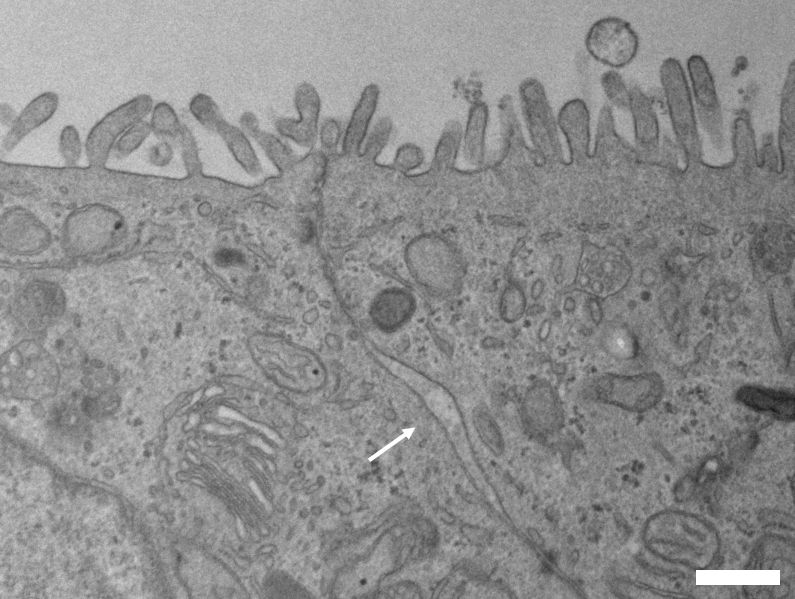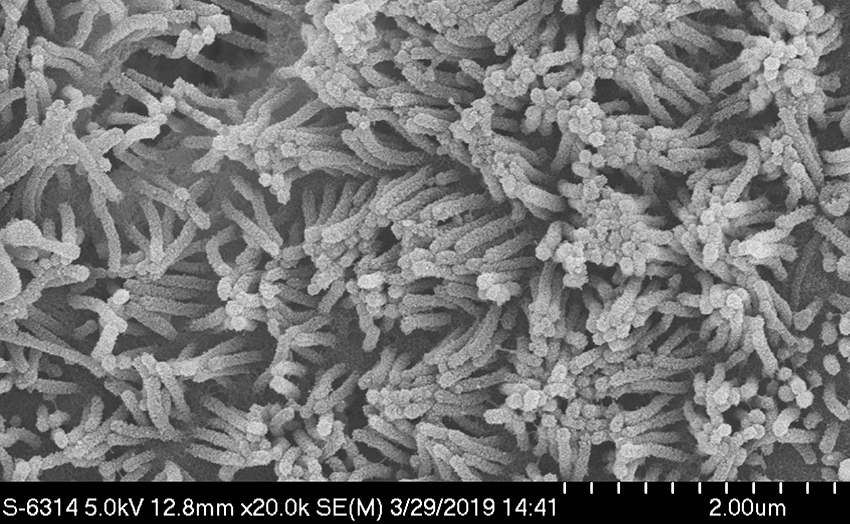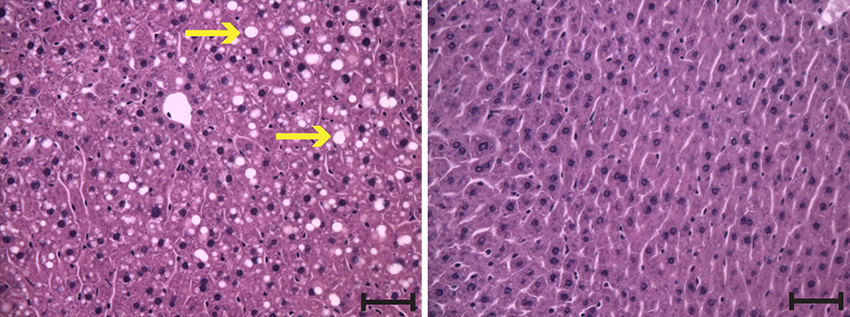Hidden publications
Preprints
| Gut microbiome-produced bile acid metabolite lengthens circadian period in host intestinal cells Powell CE, Dohnalova L, Eisert RJ, Sun ZJ, Seo H, Dhe-Paganon S, Thaiss CA, Devlin AS. Posted Mar 13, 2025. bioRxiv |
| Cultured bacteria isolated from primary sclerosing cholangitis patient bile induce inflammation and cell death Powell CE, McCurry MD, Quevedo SF, Ventura L, Krishnan K, Dave M, Mahmood SD, Specht K, Bordia R, Pratt DS, Korzenik JR, Devlin AS. Posted Oct 9, 2024. bioRxiv |
Corrections for Cell 2024 paper
- There were typos in the DSM number for the type strain of Gordonibacter pamelaeae in the manuscript. The correct DSM number is for G. pamelaeae is 19378.
Corrections for Cell Host Microbe 2021 paper
- There were typos in the strain number associated with the type strains of the bacterial species Bacteroides vulgatus, Bacteroides finegoldii, and Clostridium scindens. These strain numbers should be B. vulgatus ATCC 8482, B. finegoldii DSM 17565, and C. scindens ATCC 35704.
Publications
| Alterations in intestinal bile acid transport provide a therapeutic target in patients with post-bariatric hypoglycaemia Chaudhari SN, Chen Y, Ferraz-Bannitz R, Cummings C, Sheehan A, Querol PC, Ozturk B, Wang H, D’Agostino GD, Ye F, Sheu EG, Devlin AS, Patti ME. Nature Metabolism 2025, 7, 792–807. DOI |
| A small intestinal bile acid modulates the gut microbiome to improve host metabolic phenotypes following bariatric surgery Chen Y, Chaudhari SN, Harris DA, Roberts CF, Moscalu A, Mathur V, Zhao L, Tavakkoli A, Devlin AS, Sheu EG. Cell Host & Microbe 2024, 32 (8), 1315–1330. DOI |
| Gut bacteria convert glucocorticoids into progestins in the presence of hydrogen gas McCurry MD, D’Agostino GD, Walsh JT, Bisanz JE, Zalosnik I, Dong X, Morris DJ, Korzenik JR, Edlow AG, Balskus EP, Turnbaugh PJ, Huh JR, Devlin AS. Cell 2024, 187 (12), 2952–2968. DOI, Corrections Press Coverage: HMS News and Research, Nature News Research Highlight, PsyPost, Nature Reviews Endocrinology Research Highlight, Sciences et Avenir. |
| Host–microbiome orchestration of the sulfated metabolome D’Agostino GD, Chaudhari SN, Devlin AS. Nature Chemical Biology 2024, 20, 410–421. DOI |
| Inhibition of microbial deconjugation of micellar bile acids protects against intestinal permeability and liver injury Li DK, Chaudhari SN, Sojoodi M, Lee Y, Adhikari AA, Zhuo Z, Zukerberg L, Shroff S, Barrett SC, Boursier J, Diehl AM, Sui SH, Tanabe K, Chung RT, Devlin AS. Science Advances 2022, 8 (34), eabo2794. DOI, bioRxiv Press Coverage: HMS instagram post |
| A biosynthetic pathway for the selective sulfonation of steroidal metabolites by human gut bacteria Yao L, D’Agostino GD, Park J, Hang S, Adhikari AA, Zhang Y, Li W, Avila-Pacheco J, Bae S, Clish CB, Franzosa EA, Huttenhower C, Huh JR, Devlin AS. Nature Microbiology 2022, 7 (9), 1404–1418. DOI Press Coverage: Nature Microbiology News & Views |
| Human gut bacteria produce TH17-modulating bile acid metabolites Paik D, Yao L, Zhang Y, Bae S, D’Agostino GD, Kim E, Franzosa EA, Avila-Pacheco J, Bisanz JE, Rakowski CK, Vlamakis H, Xavier RJ, Turnbaugh PJ, Longman RS, Krout MK, Clish CB, Huttenhower C, Huh JR, Devlin AS. Nature 2022, 603 (7903), 907–912. DOI, bioRxiv Press Coverage: HMS News and Research, Nature Methods |
| Lessons learned by an organic chemist entering the microbiome field Devlin AS. Cell Host & Microbe 2022, 30 (4), 435–438. DOI |
| Chains of evidence from correlations to causal molecules in microbiome-linked diseases Chaudhari SN, McCurry MD, Devlin AS. Nature Chemical Biology 2021, 17 (10), 1046–1056. DOI Press Coverage: Featured on the cover of Nature Chemical Biology (photo on the right) |
| A bacterial bile acid metabolite modulates Treg activity through the nuclear hormone receptor NR4A1 Li W, Hang S, Fang Y, Bae S, Zhang Y, Wang G, McCurry MD, Bae M, Frazosa EA, Huttenhower C, Yao L, Devlin AS, Huh JR. Cell Host & Microbe 2021, 29 (9), 1366–1377. DOI, bioRxiv, Corrections |
| A gut-restricted lithocholic acid analog as an inhibitor of gut bacterial bile salt hydrolases Adhikari AA, Ramachandran D, Chaudhari SN, Powell CE, McCurry MD, Banks AS, Devlin AS. ACS Chemical Biology 2021, 16 (8), 1401–1412. DOI, bioRxiv |
| Intestinal co-culture system to study TGR5 agonism and gut restriction Chaudhari SN, Devlin AS. Bio-protocol 2021, 11 (6), e3948. DOI |
| A microbial metabolite remodels the gut-liver axis following bariatric surgery Chaudhari SN, Luo JN, Harris DA, Aliakbarian H, Yao L, Paik D, Subramaniam R, Adhikari AA, Vernon AH, Kilic A, Weiss ST, Huh JR, Sheu EG, Devlin AS. Cell Host & Microbe 2021, 29 (3), 408–424. DOI |
| Bariatric surgery reveals a gut-restricted TGR5 agonist with anti-diabetic effects Chaudhari SN, Harris DA, Aliakbarian H, Luo JN, Henke MT, Subramaniam R, Vernon AH, Tavakkoli A, Sheu EG, Devlin AS. Nature Chemical Biology 2021, 17 (1), 20–29. DOI, bioRxiv Press Coverage: C&E News, Nature Chemical Biology News & Views, HMS News and Research, Translational Chemical Biology conference press highlight, Cell Host & Microbe preview |
| Development of a covalent inhibitor of gut bacterial bile salt hydrolases Adhikari AA, Seegar TCM, Ficarro SB, McCurry MD, Ramachandran D, Yao L, Chaudhari SN, Ndousse-Fetter S, Banks AS, Marto JA, Blacklow SC, Devlin AS. Nature Chemical Biology 2020, 16 (3), 318–326. DOI, bioRxiv Press Coverage: Featured on the cover of Nature Chemical Biology (photo on the right) |
| Bile acid metabolites control TH17 and Treg cell differentiation Hang S, Paik D, Yao L, Kim E, Jamma T, Lu J, Ha S, Nelson BN, Kelly SP, Wu L, Zheng Y, Longman RS, Rastinejad F, Devlin AS, Krout MR, Fischbach MA, Littman DR, Huh JR. Nature 2019, 576 (7785), 143–148. DOI, bioRxiv |
| A selective gut bacterial bile salt hydrolase alters host metabolism Yao L, Seaton SC, Ndousse-Fetter S, Adhikari AA, DiBenedetto N, Mina AI, Banks AS, Bry L, Devlin AS. eLife 2018, 7, e37182. DOI Press Coverage: HMS News and Research, Science Daily |
| Modulation of a circulating uremic solute via rational genetic manipulation of the gut microbiota Devlin AS, Marcobal A, Dodd D, Nayfach S, Plummer N, Meyer T, Pollard KS, Sonnenburg JL, Fischbach MA. Cell Host & Microbe 2016, 20 (6), 709–715. DOI |
| Inhibition of sodium ion channel function with truncated forms of batrachotoxin Toma T, Logan MM, Menard F, Devlin AS, Du Bois J. ACS Chemical Neuroscience 2016, 7 (10), 1463–1468. DOI |
| A biosynthetic pathway for a prominent class of microbiota-derived bile acids Devlin AS, Fischbach MA. Nature Chemical Biology 2015, 11 (9), 685–690. DOI |
| Diet rapidly and reproducibly alters the human gut microbiome David LA, Maurice CM, Carmody RN, Gootenberg DB, Button JE, Wolfe BE, Ling AV, Devlin AS, Varma Y, Fischbach MA, Biddinger SB, Dutton RJ, Turnbaugh PJ. Nature 2014, 505 (7484), 559–563. DOI |
| Modular synthesis of the pentacyclic core of batrachotoxin and select batrachotoxin analogue designs Devlin AS, Du Bois J. Chemical Science 2013, 4 (3), 1059–1063. DOI |
| δ-Sultone formation through Rh-catalyzed C–H Insertion Wolckenhauer SA, Devlin AS, Du Bois J. Organic Letters 2007, 9 (21), 4363–4366. DOI |
Patents
| Batrachotoxin analogues, compositions, uses, and preparation thereof US Patent No. 9,090,627. link |
| Compositions and methods related to cholic acid-7-sulfate as a treatment for diabetes WO/2020/041673 link |
| Small molecule modulators of gut bacterial bile acid metabolism WO/2020/231776 link |
| Synthetic derivatives of cholic acid-7-sulfate and uses thereof WO/2020/117945 link |








